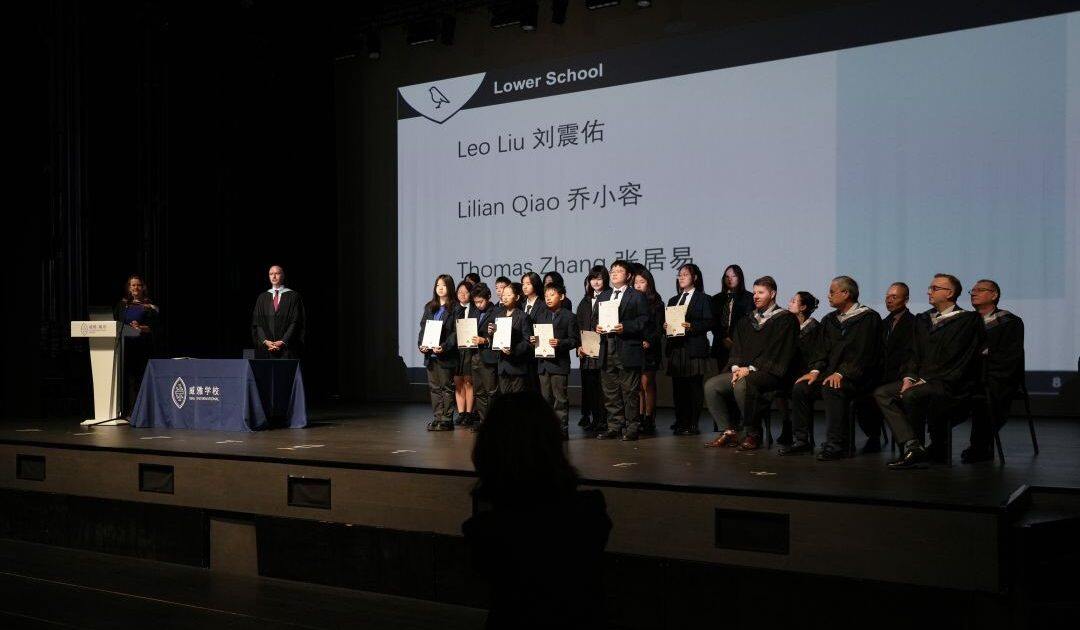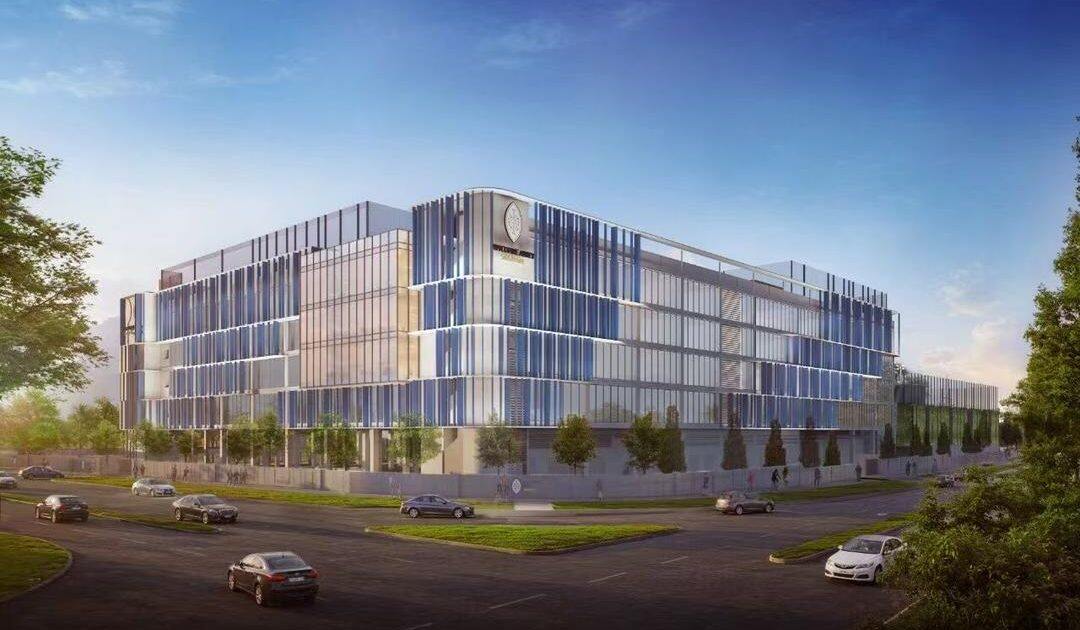WASNJ|From Raising Insects to Building Robots- How LS Science Turns Curiosity into Learning Power
When many students first encounter the formula derivation of Ohm’s Law, the abstract process of photosynthesis, or the microscopic explanations behind changes of matter in secondary science lessons, they often find these concepts obscure—precisely because they lack early, concrete experiences. This reveals a key issue in science education: the disconnect between LS science and US STEM learning.
Yet in the LS science laboratory at WASNJ, every lesson and every experiment quietly builds a bridge from hands-on, tangible experience to abstract academic learning. These are not isolated “craft activities”, but a purposefully designed pre-concept framework that prepares pupils for secondary physics, chemistry and biology—using touchable, observable inquiry to lay the academic foundations for future, more demanding scientific study.
In essence, LS science at WASNJ is an early incubation of academic capability. Observing the form and behaviour of the orchid mantis lays the groundwork for the secondary biology topic structure and function in living organisms. Field visits to water-treatment facilities strengthen understanding of changes of state in chemistry. Using AI tools to investigate planetary data trains the academic habit of information screening and cross-verification required in secondary research tasks.
The ultimate goal has never been for children simply to memorise insect features or the components of a circuit. Instead, through sustained and well-structured inquiry, the programme constructs a staircase from intuitive perception to disciplined scientific reasoning. As a result, secondary STEM learning is not a “cold start”, but a natural progression built on deep prior understanding.This is the true academic value of LS science at WASNJ.
More News



